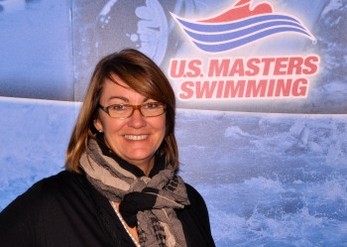Open Water Source - The Global Home of Open Water Swimming
- Home
- Openwaterpedia
- Certification and Education Programs
- Open Water Swimming Dictionary
- Open Water Safety
-
Special Guests
- Special Events
- Social Media
- Highlights
-
VOTE
- Vote for the World Open Water Swimming Man of the Year
- Vote for the World Open Water Swimming Woman of the Year
- Vote for the 2010 World Open Water Swimming Performance of the Year
- More Open Water Polls
-
2010 World Open Water Swimming Awards
>
-
2009 World Open Water Swimming Awards
>
- 2008 World Open Water Swimming Awards >
-
Best Practices
-
Members
-
Resources
-
Community
- Partners
- About Us
- Contact Us
- OWS Blog
- OWS Broadcast Studio
- Fran Crippen Memorial Quilt
- New Page
- Video Archive Page
"A Very Well-Organized Conference"
“Thanks
to United States Masters Swimming, Pacific Masters, and Steve Munatones
for a very well-organized conference. Steve also did a fantastic job
as moderator. "They had a very good turnout for the inaugural
conference, with over 150 people representing everything from small
Masters competitions through elite World-Class events. Several
countries were also represented. "There was a very good exchange of
information and best-practices. "Overall, I thought the
conference was outstanding and definitely a great start to an annual
event. Thanks for the opportunity to attend!”
Dean Ekeren, USA Swimming National Events & Marketing Director “…thank you for organizing last weekend's conference. It was great meeting with you and certainly a great opportunity to get the global open water community together. I'd certainly be very keen on coming back next year and may also be able to drag a few others from the UK with me. In terms of the Water Safety conference next year … if you're looking for speakers do get in touch, there's been lots of interest in it back here in the UK.” Martin Suzan, Swim SafetyLtd | Event Water Safety Management & Consultancy “Thanks for allowing me to join your team. You ran a very important conference.” Lieutenant Greg Buchanan of the San Diego Lifeguard Service and San Diego Fire Rescue “Thanks so much for hosting a great evening. It was wonderful to see you and I truly appreciated the opportunity to be there and to learn from and network with so many incredible individuals in our sport.” Erica Rose, World Champion
|
|
Privacy Policy | Terms of Use
www.openwatersource.com is a web property of Pan Pacific Partners.
© 2010 Pan Pacific Partners, Inc. All Rights Reserved.
www.openwatersource.com is a web property of Pan Pacific Partners.
© 2010 Pan Pacific Partners, Inc. All Rights Reserved.

|

|

|

|

|

|

|

|

|

|

|

|

|

|




























